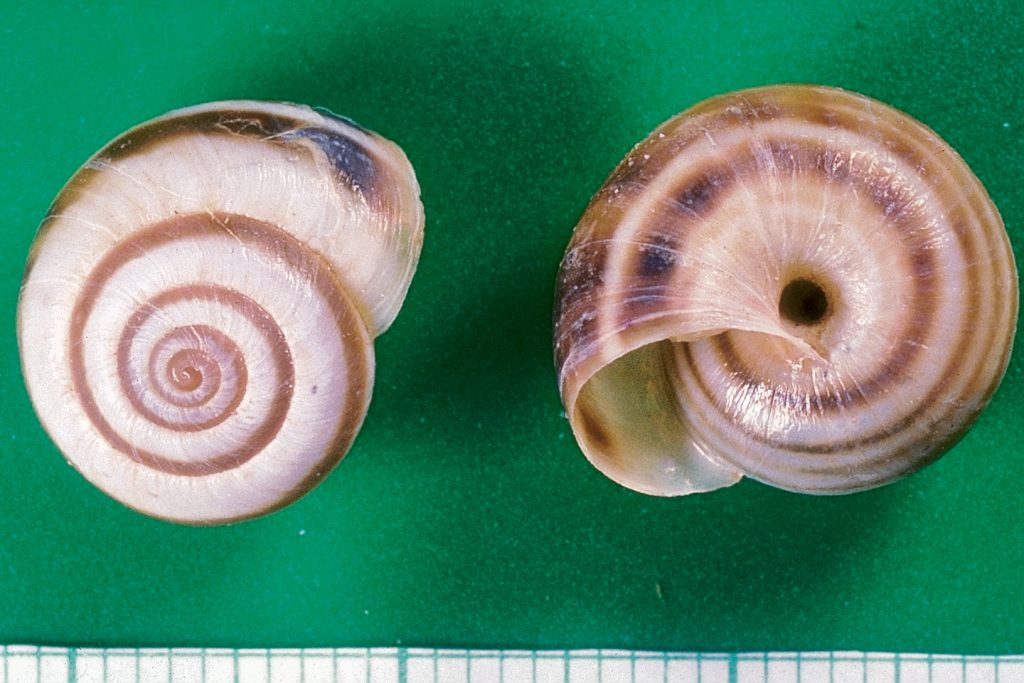Snails can cause problems for grain growers during harvest because they may damage crops, block harvesting equipment, or contaminate the grain. But by harvest time, it’s too late to start snail control.
Effective snail management includes stubble management, weed management and baiting, and all of these approaches need to occur at the correct time of year.
See more info on pest snails: vineyard snail, white Italian snail, pointed snail, small pointed snail
Bash ’em, burn ’em
While the soil is moist most snails will stay on the ground to feed on dead plant matter, only moving onto foliage under drier conditions. This is why the bash, burn, bait approach developed by GRDC suggests stubble management methods such as rolling, cabling, and slashing in summer, and burning at the end of the crop season to reduce snail loads the coming year.
The bashing dislodges snails causing them to dry out and should be undertaken on hot sunny days for the best effect. Burning is most effective when it is a complete even burn, so kill off summer weeds before burning.
Bait ’em
Baits are one of the most effective ways to control snails because they are targeted and relatively easy to apply. But the number, timing and position of the baits is important for effective control.
Effective snail management relies on baiting before they lay their eggs. The moist soil and cooler days in Autumn are when snails wake from their dormancy period and start feeding. Mating then starts around 2-3 weeks after the first heavy autumn rain, and egg laying begins shortly after, so control methods need to be in place before then.
Baits need to be laid at an appropriate density so that the snails will encounter them frequently and feed on them. Aim for no less than 30 baits per square metre to ensure there is enough product on the ground for all snails to encounter a bait. Where necessary, a follow-up second baiting may be applied, especially where snail density is very high.
The baits will have less of an effect if there are other food sources around, so summer control of broad leaf weeds inside and adjacent to cropping areas is important.
Baits are less effective against juvenile snails, so using baits in autumn will also ensure that mostly adults are targeted.
Be aware that some baits are far more stable than others under adverse weather conditions, such as cold temperatures and significant rainfall. Rainfall (> 35 mm) can quickly erode bran-based baits meaning they may have to be replaced frequently in wet conditions.


Monitoring
If you have had trouble with snails in the past, it is a good idea to check for their activity at this time of year (March-April). This can be done by spreading a trail of bait near fence lines and checking for dead snails the following morning.
GRDC have also trialled using cameras to look at snail activity to understand when they have been feeding and to calculate the most effective use of baits.
Thresholds
There are two types of snails present in Australian cropping systems, round and conical snails. The thresholds for round snails are 20/m2 in cereals, 5/m2 in pulses and canola, but no thresholds have been established for conical snails.
For more information on snails, including baiting guidelines and biology, see these resources:
Managing snails – latest research findings and recommendations
SARDI Snail and slug baiting guidelines
Cover image: Photo by Andrew Weeks, Cesar Australia





